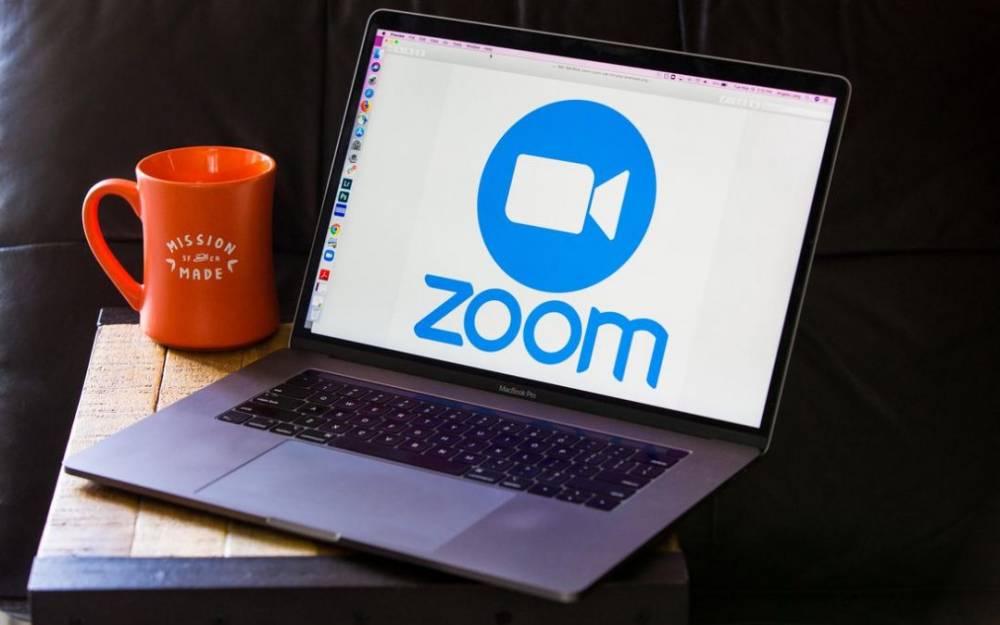
How To Use Zoom On Your Computer
How to use Zoom on your computer
Whether it's a Friday team check-in or a Wednesday grad school workshop, Zoom enables you to communicate with colleagues and classmates while working remotely.
While the platform is fairly straightforward to use, the platform's fundamental functions are organized slightly differently depending on whether you're using the desktop or mobile version.
The majority of critical tasks, on the other hand, remain easily identifiable despite minor changes: scheduling or joining calls, managing contacts and meetings, and changing account settings.
While many businesses already have video services in place, Zoom is proving to be especially beneficial for high school and college-level courses due to its free account subscription that allows for up to 100 participants.
Here's a quick overview of the app's core features.
How to use Zoom on a computer
1. On your Mac or PC, open the browser of your choice and navigate to the Zoom website to create and manage an account. After logging in, click "My Account" to access your account details.
2. At the top of the screen, you can schedule, join, or host a meeting. Select one of these three options and follow the prompts to initiate or join an online video call. To join a conference call, you'll need the Meeting ID or the call's name.
3. On the left-hand side, you'll notice a number of options, the first of which is perhaps the most important: Profile. This is where you can edit your profile picture, your email address, and your password, among other things. Additionally, you'll find an option at the bottom of this page to log out of Zoom on all of your devices.
4. You'll find a summary of your meetings beneath your profile tab. At the top, you can start or delete upcoming meetings and review previous meetings.
5. On the left-hand side, you'll find additional tabs for webinars, recordings, and your settings. The webinar feature is available only with a paid account, and recordings will instruct you on how to enable it for you and your meeting participants.
6. At the bottom of the left panel, you'll also find more advanced settings, such as managing users and rooms. Additionally, under "Billing," you can upgrade your account or manage your payment information if you've already upgraded to Pro, Business, or Enterprise.
If you've downloaded the desktop app, you'll notice a more condensed version of these options when you open it. At the top of the screen, the app is divided into four main tabs: Home, Chat, Meetings, and Contacts.
1. From the "Home" tab, you can initiate a new meeting, join an existing call, schedule a future event, or share your screen. If you have any upcoming meetings for the day, they will also be listed on the right hand side in a checklist. You can also access your profile at any time by clicking on it in the top-right corner. This will bring up a dropdown menu where you can make quick adjustments such as changing your availability or profile photo.
2. In addition, you can access settings from any page by clicking the gear icon in the right-hand corner of the "Home" tab. This will bring up the entire Settings menu. To make changes, navigate through the tabs on the left. At the bottom of "General," you'll find "View More Settings," which will open your profile online and grant you complete access to your Zoom account.
3. The "Chat" tab records all communications between contacts. You can bookmark or favorite conversations for easy access, or you can browse your recent conversations. Also, you'll find "Contact Requests" if anyone has submitted an application to join your directory. Likewise, the "Files" section will display any files shared between contacts.
4. The "Meetings" tab provides an overview of any upcoming meetings, organized chronologically. At the top, you can toggle between upcoming and recorded meetings, or click the plus sign to add a new one. To view options for starting an existing meeting early, copying the invitation, editing, or deleting it, click on any pre-existing meeting. Additionally, you can click to display any meeting invitations sent to invitees.
Finally, the "Contacts" tab stores information about the colleagues and classmates you add to the platform. Browse through the left-hand categories to view contact information: starred, external, and cloud contacts. Additionally, you can click to view any channels, which are collections of contacts that assist you in organizing your activities. To add a new contact or channel, click the plus sign.

